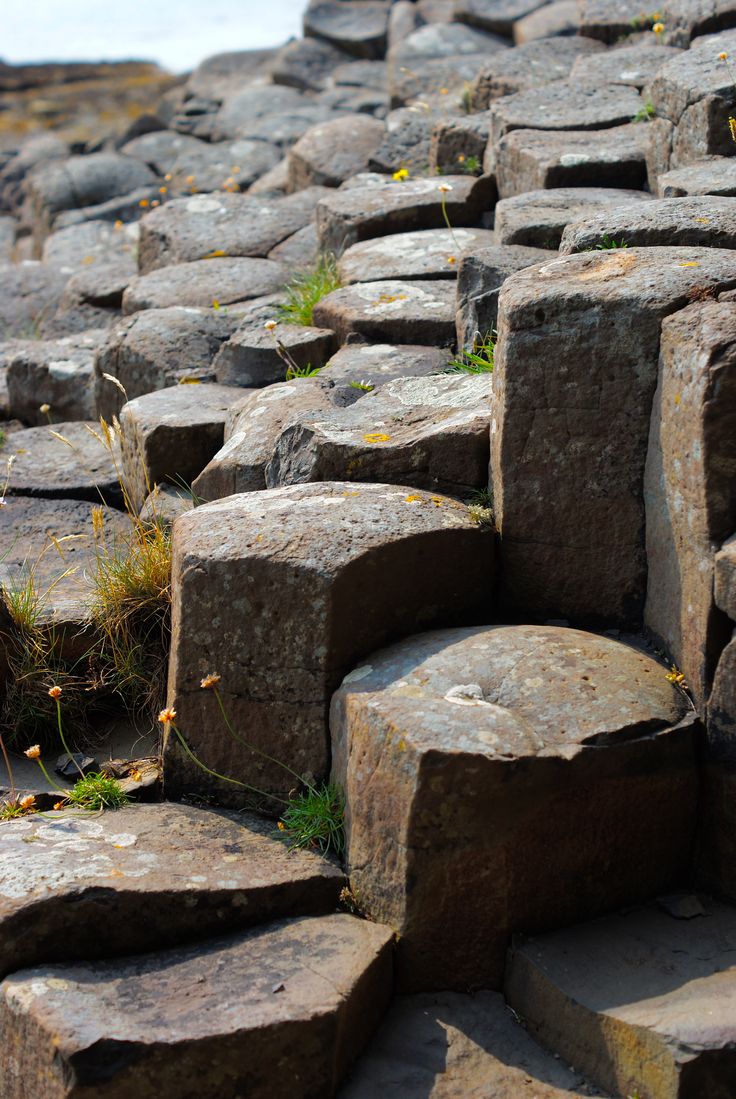
I had the privilege of visiting Scotland some years back and explored several of the islands in this magical land. If you haven’t noticed, “Baird” is a Scottish surname, which made the visit special for me. I remember when I was a young child, knowing nothing about my family heritage, yet having an intense emotional response whenever I heard a bagpipe.
It was a beautiful, compelling sound and gave me a feeling of hopeful melancholy – if there is such a thing. So, it was no surprise that the Scottish landscape struck me in a similar fashion. I also enjoyed sampling the scotch and even grew fond of the “peated” variety, which unfortunately smells like dirty socks. If they weren’t so expensive, I would probably be running around in a kilt today.
There are many curious things in these lands including the Neolithic stone circles. Most people are familiar with Stonehenge, perhaps the largest and most impressive stone circle, but there are several others that dot the Scottish landscape. While on the Isle of Mull my family and I were able to walk right up to one in the middle of a cow field. It was a short hike, dodging cow pies and fence lines before we arrived at the site. The experience did not involve fighting crowds spilling off tour busses, dealing with trinket vendors or screaming children. The experience was as it should be, quiet, peaceful, unrushed and authentic.
I don’t even remember taking a photograph — a sign that I was in the moment and the experience was uninterrupted and meaningful.
Another enchanting phenomenon is the natural rock formations found in and around many of the islands. In a landscape dominated by a lush blanket of green grass draped on top of dark grey volcanic stone, the rocks have a formidable presence. The contrast between these two features is dramatic and compelling. The image above is a geometric rock formation on the edge of the uninhabited Island of Staffa. The hexagonal pillars were created as molten lava cooled and contracted in a process called columnar jointing. These patterns are similar to how mud sometimes dries and cracks into segments. Sir Joseph Banks in 1772 described his experience of this rock formation in the following way: “(I was) forced to acknowledge that this piece of architecture, formed by nature, far surpasses that of the Louvre, that of St. Peter at Rome, all that remains of Palmyra and Paestum, and all that the genius, the taste and the luxury of the Greeks were capable of inventing.”
